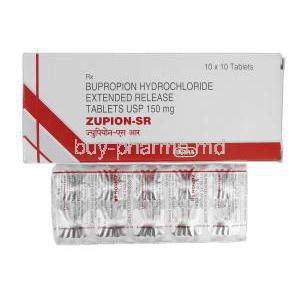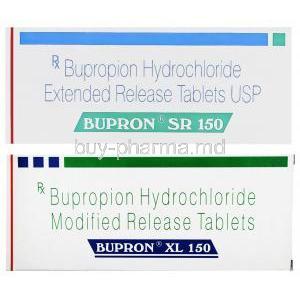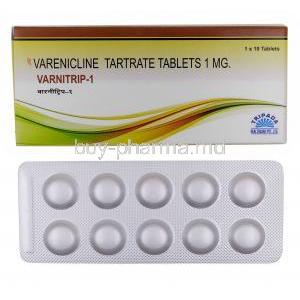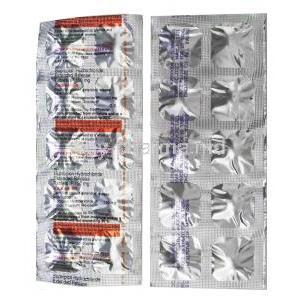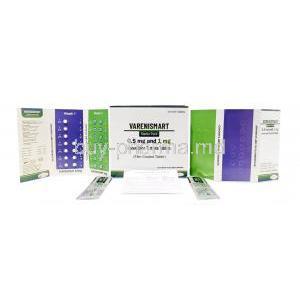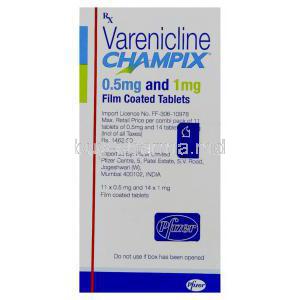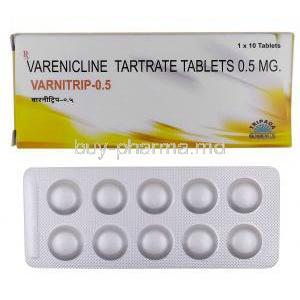Nicotinell TTS Patches
- 1. Introduction to Nicotinell TTS Patches
- 2. Medical and Therapeutic Uses of Nicotinell TTS Patches
- 3. Off-Label and Experimental Uses of Nicotinell Patches
- 4. How Nicotinell TTS Patches Work
- 5. Dosage and Administration Guidelines
- 6. Nicotinell Ingredients
- 7. Common and Serious Side Effects of Nicotinell TTS
- 8. Drug and Substance Interactions
- 9. Warnings and Contraindications
- 10. Special Precautions and Careful Administration
- 11. Overdose and Emergency Management
- 12. Proper Handling and Disposal Precautions
- 13. Storage Conditions and Stability
1. Introduction to Nicotinell TTS Patches
Nicotinell TTS Patches are a widely used form of transdermal therapeutic system designed to assist individuals in quitting smoking. By delivering a controlled dose of nicotine through the skin, these patches offer a non-invasive, gradual method of nicotine replacement. They serve as a cornerstone in nicotine replacement therapy (NRT), mitigating the withdrawal symptoms that commonly challenge smokers aiming to quit.
Nicotine replacement therapy was developed to reduce dependency on cigarettes by providing alternative means of nicotine administration, thereby decreasing exposure to harmful combustion products like tar and carbon monoxide. Nicotinell patches are approved by regulatory authorities in numerous countries and are available over-the-counter or by prescription, depending on local regulations.
The patches come in various strength, commonly 7 mg, 14 mg, and 21 mg, to suit different levels of nicotine dependence and to facilitate a stepwise reduction in dosage.
2. Medical and Therapeutic Uses of Nicotinell TTS Patches
- They support behavioral modification by minimizing the urge to smoke.
- They stabilize nicotine blood levels, preventing the peaks and troughs associated with smoking.
Nicotinell TTS is often integrated into comprehensive smoking cessation programs that include behavioral counseling, lifestyle adjustments, and support groups. The typical therapy duration ranges from 8 to 12 weeks, with the goal of eventually discontinuing nicotine use entirely.

3. Off-Label and Experimental Uses of Nicotinell Patches
While primarily indicated for smoking cessation, Nicotinell patches have been explored for several off-label and investigational purposes under clinical supervision:
- Pregnant women: Used in select cases to reduce fetal exposure to cigarette smoke when other cessation methods fail.
- Psychiatric patients: Applied adjunctively in managing tobacco dependence among individuals with schizophrenia and other mental health disorders.
- Ulcerative colitis: Early studies suggest anti-inflammatory benefits in non-smoking patients.
- Neurocognitive applications: Investigated for potential benefits in Parkinson's disease and cognitive decline due to nicotine's modulatory effect on neurotransmitters.
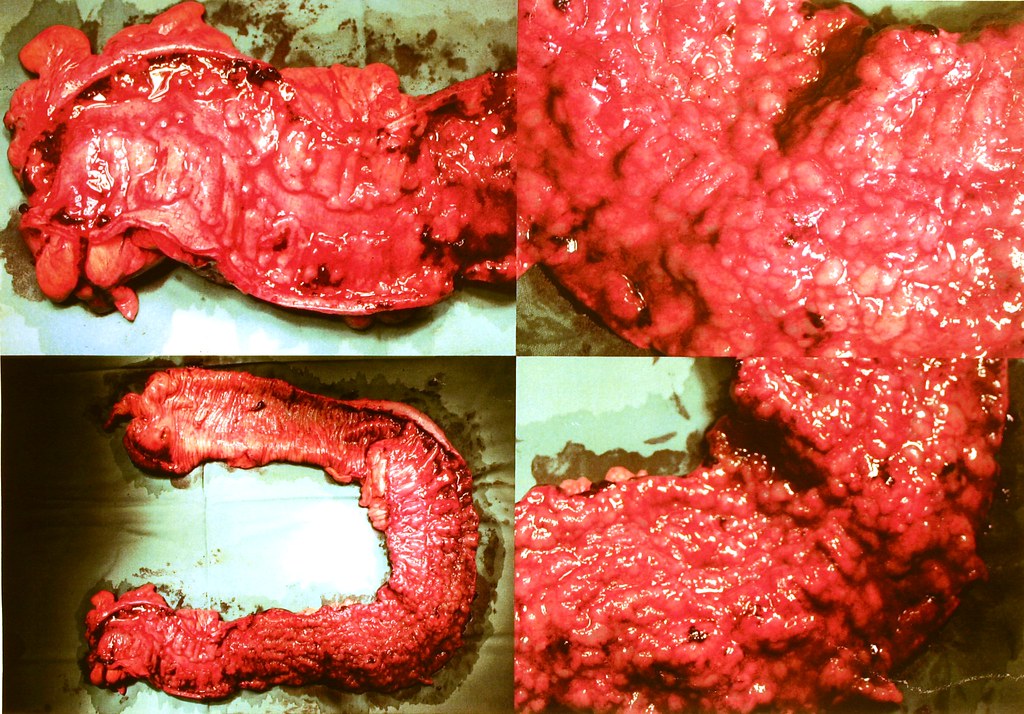
4. How Nicotinell TTS Patches Work
Nicotinell patches utilize a transdermal delivery mechanism to ensure a steady release of nicotine over 16 to 24 hours. The system allows for gradual absorption through the skin into the systemic circulation.
Once absorbed, nicotine is distributed throughout the body, metabolized primarily in the liver via cytochrome P450 enzymes, and excreted via the kidneys.
This mode of action helps to:
- Reduce abrupt withdrawal symptoms like irritability, anxiety, and difficulty concentrating.
- Maintain consistent nicotine levels to prevent cravings triggered by low nicotine states.
Compared to gums or lozenges, patches offer longer-lasting delivery with less frequent administration, though they may lack the behavioral satisfaction some smokers associate with hand-to-mouth actions.
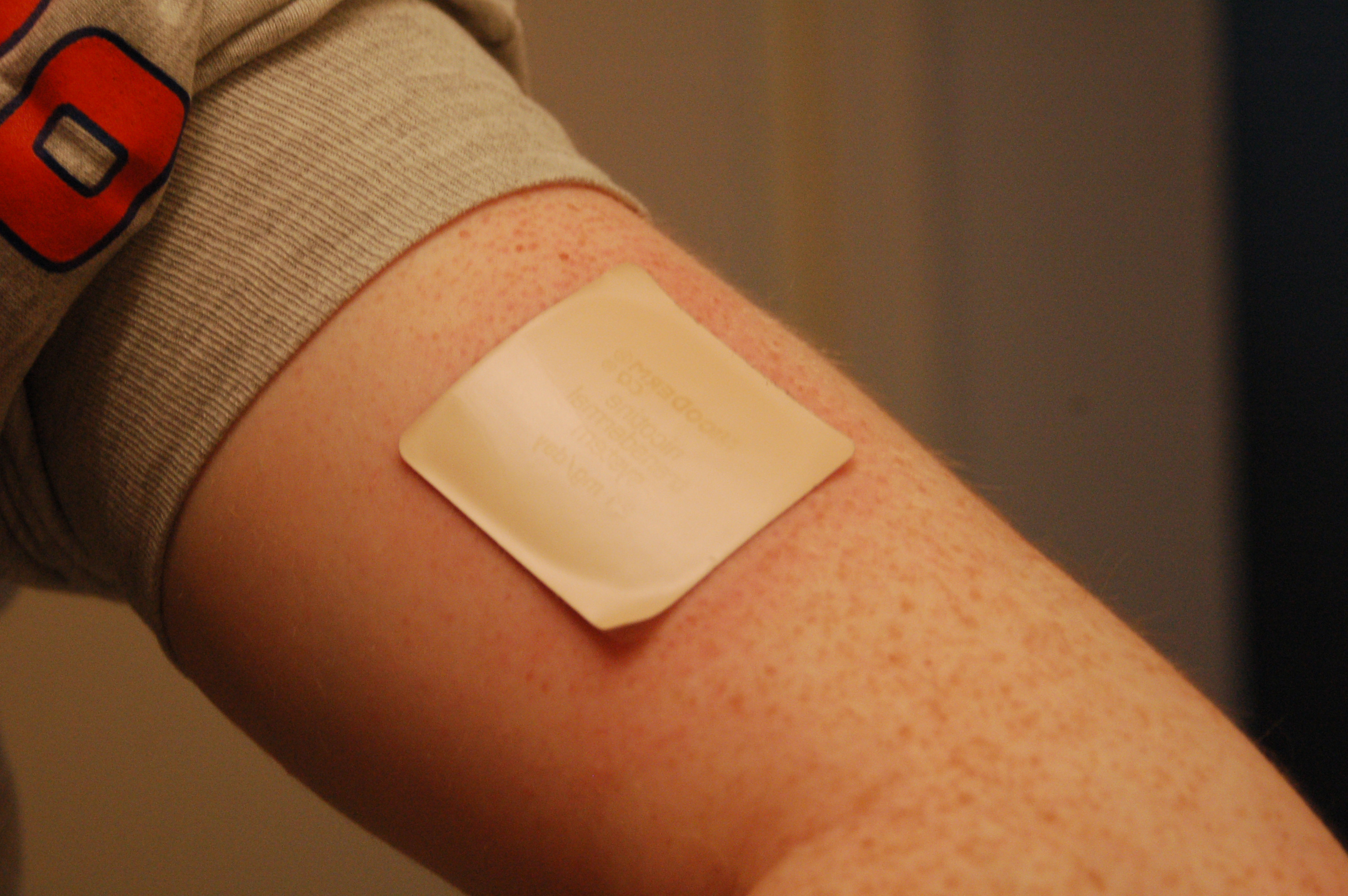
5. Dosage and Administration Guidelines
Nicotinell patches are available in 7 mg, 14 mg, and 21 mg strengths. The choice of dosage typically depends on the number of cigarettes smoked daily:
- 21 mg for heavy smokers (more than 20 cigarettes per day)
- 14 mg for moderate smokers (10-20 cigarettes per day)
- 7 mg for light smokers or as part of tapering regimen
Nicotinell Patches How to use
Doctors usually begin treatment with a dosage and gradually decrease it over a week when using a step-down approach in medication. Administration for patches applied to the upper body or outer arm on clean and dry skin to prevent irritation while rotating the patchs placement daily for optimal results over a 16 to 24 hour period each day; in case of missing a patch application timing closely, to the next dose time frame it should be immediately applied upon recollection.
6. Nicotinell Ingredients
Each Nicotinell TTS patch contains:
- Active ingredient: Nicotine (as nicotine base)
- Inactive components: Polyacrylate adhesive, release liner, ethylene-vinyl acetate membrane, and polyester backing
The patch is constructed with a matrix system that ensures uniform drug release. The adhesive layer facilitates both skin adherence and controlled diffusion, while the outer laminate serves as a moisture barrier and label carrier.
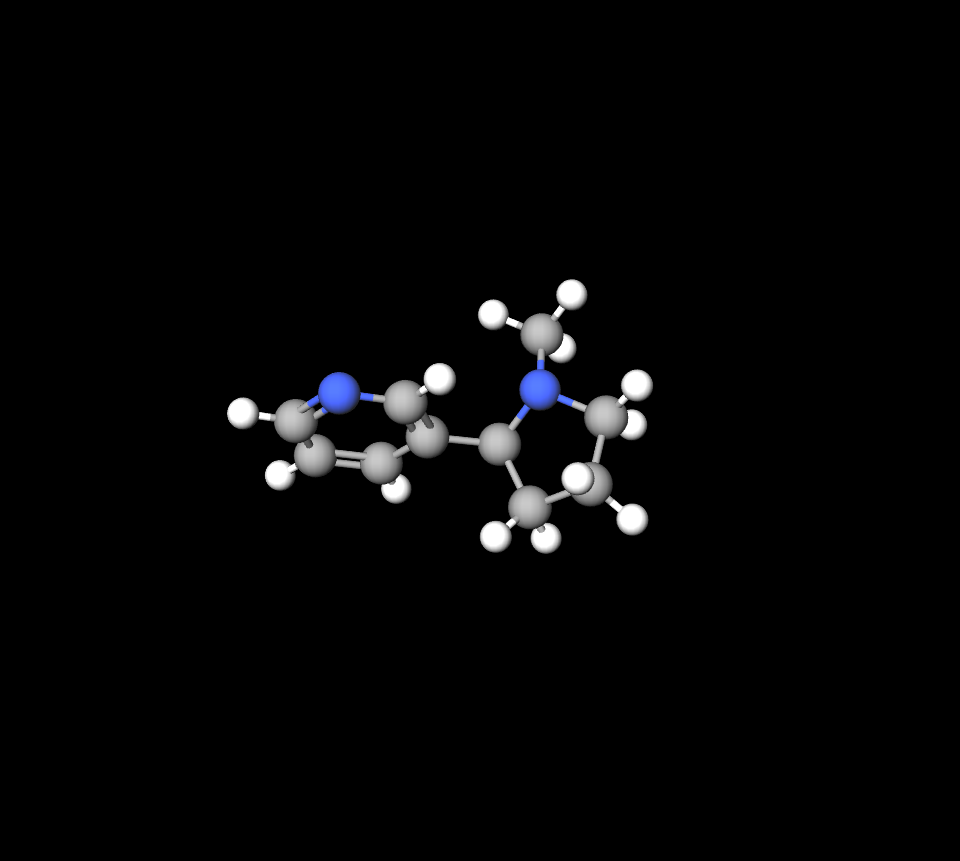
Nicotinell vs niquitin
Nicotinell and NiQuitin are two known brands of nicotine replacement therapy (NRT) products aimed at assisting individuals in kicking the smoking habit for good. Even though both brands offer a range of products, such as patches, gums, and lozenges, Nicotinell is often seen as a budget choice that is predominantly found in Europe. On the other hand, NiQuitin is highly popular across Europe and the UK, showcasing technologies like its patches to ensure a consistent release of nicotine and provides a structured program for gradually reducing nicotine intake.
7. Common and Serious Side Effects of Nicotinell TTS
7.1 Common Side Effects
Most users experience mild and self-limiting adverse effects. Common complaints include:
- Skin redness or itching at the application site
- Vivid dreams or difficulty sleeping, especially if worn overnight
- Mild gastrointestinal symptoms such as nausea, headache, or light-headedness

7.2 Serious Side Effects and When to Seek Help
In rare cases, more severe reactions may occur. Immediate medical attention is warranted if the following symptoms are present:
- Chest pain, rapid heartbeat, or palpitations
- Signs of anaphylaxis, such as facial swelling, hives, or difficulty breathing
- Psychiatric symptoms like severe anxiety, depression, or hallucinations
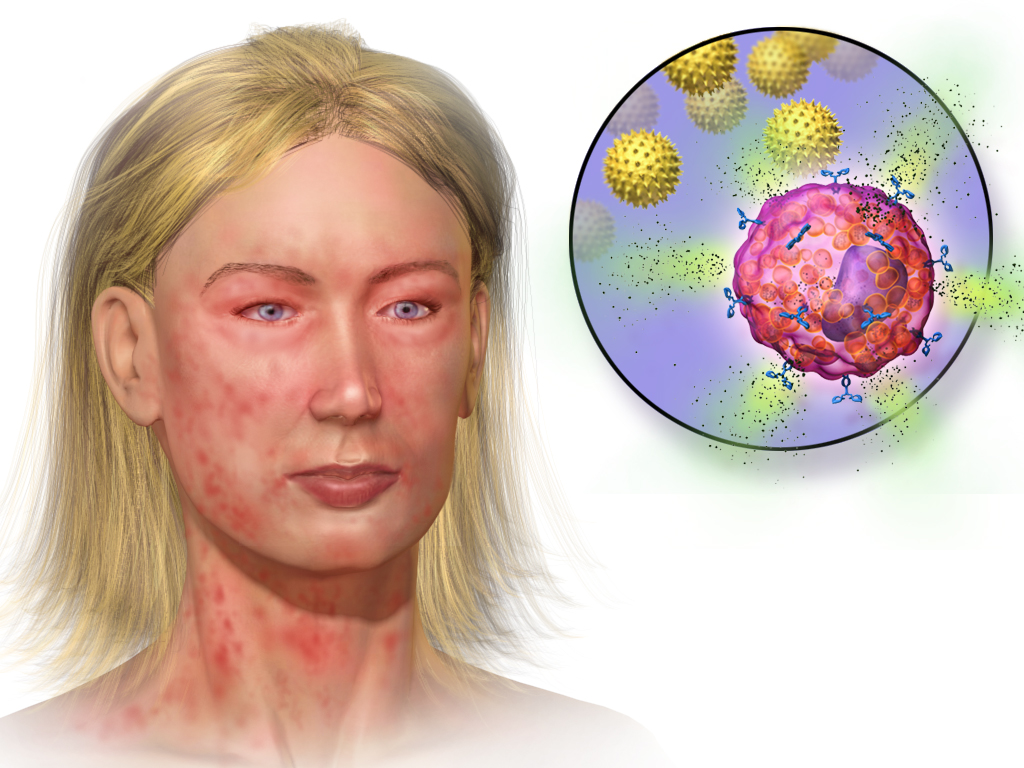
8. Drug and Substance Interactions
Nicotinell patches may interact with various substances, altering therapeutic outcomes or side effect profiles:
- Other NRT products: Combining with nicotine gums or lozenges can lead to overdose symptoms.
- CYP1A2 substrates: Medications such as theophylline, clozapine, and olanzapine may require dose adjustment upon smoking cessation, due to nicotine's induction of hepatic enzymes.
- Alcohol and caffeine: Their stimulating effects may exacerbate side effects like palpitations or jitteriness.
- Diagnostic interference: Nicotine use may affect results of catecholamine-related lab tests and hormonal panels.
Caution is advised when introducing or discontinuing Nicotinell patches in patients taking chronic medications metabolized by liver enzymes.
9. Warnings and Contraindications
Nicotinell TTS patches, while effective in nicotine replacement therapy, are not appropriate for all individuals. Caution must be exercised in specific patient populations, and certain health conditions may preclude use entirely.
- Absolute contraindications: Individuals with known hypersensitivity or allergic reactions to nicotine or any of the patch's excipients must not use this product. Anaphylactic responses, though rare, necessitate strict avoidance.
- Relative contraindications: Use of Nicotinell is discouraged in patients with recent (within 2 weeks) myocardial infarction, life-threatening arrhythmias, or unstable angina. Nicotine can exacerbate cardiovascular strain.
- Nicotine-exclusion cases: Patients explicitly advised to avoid all nicotine exposure such as those with severe peripheral vascular disease, uncontrolled hypertension, or recent cerebrovascular events should avoid this therapy altogether.

10. Special Precautions and Careful Administration
10.1 Use in Elderly Patients
In geriatric populations, the pharmacodynamics of transdermal nicotine may be altered due to decreased skin elasticity and vascular perfusion. This can affect the absorption profile and systemic exposure.
- Choose application sites carefully to minimize irritation and maximize absorption.
- Monitor closely for signs of cardiovascular stress, such as irregular heartbeat, shortness of breath, or elevated blood pressure.
A slower tapering regimen may be considered in older patients with a long smoking history and comorbidities.
10.2 Use in Pregnant and Breastfeeding Women
Pregnancy presents unique challenges in nicotine addiction management. While smoking poses significant teratogenic risks, nicotine itself may also affect fetal development.
- Nicotine crosses the placental barrier and may impair fetal lung and brain development.
- During lactation, nicotine is secreted into breastmilk and can accumulate in the infant's system, leading to feeding issues, irritability, or developmental concerns.
In select cases, controlled use under medical supervision may be justified when the potential benefits outweigh the risks, particularly when cessation through behavioral therapy alone is ineffective.
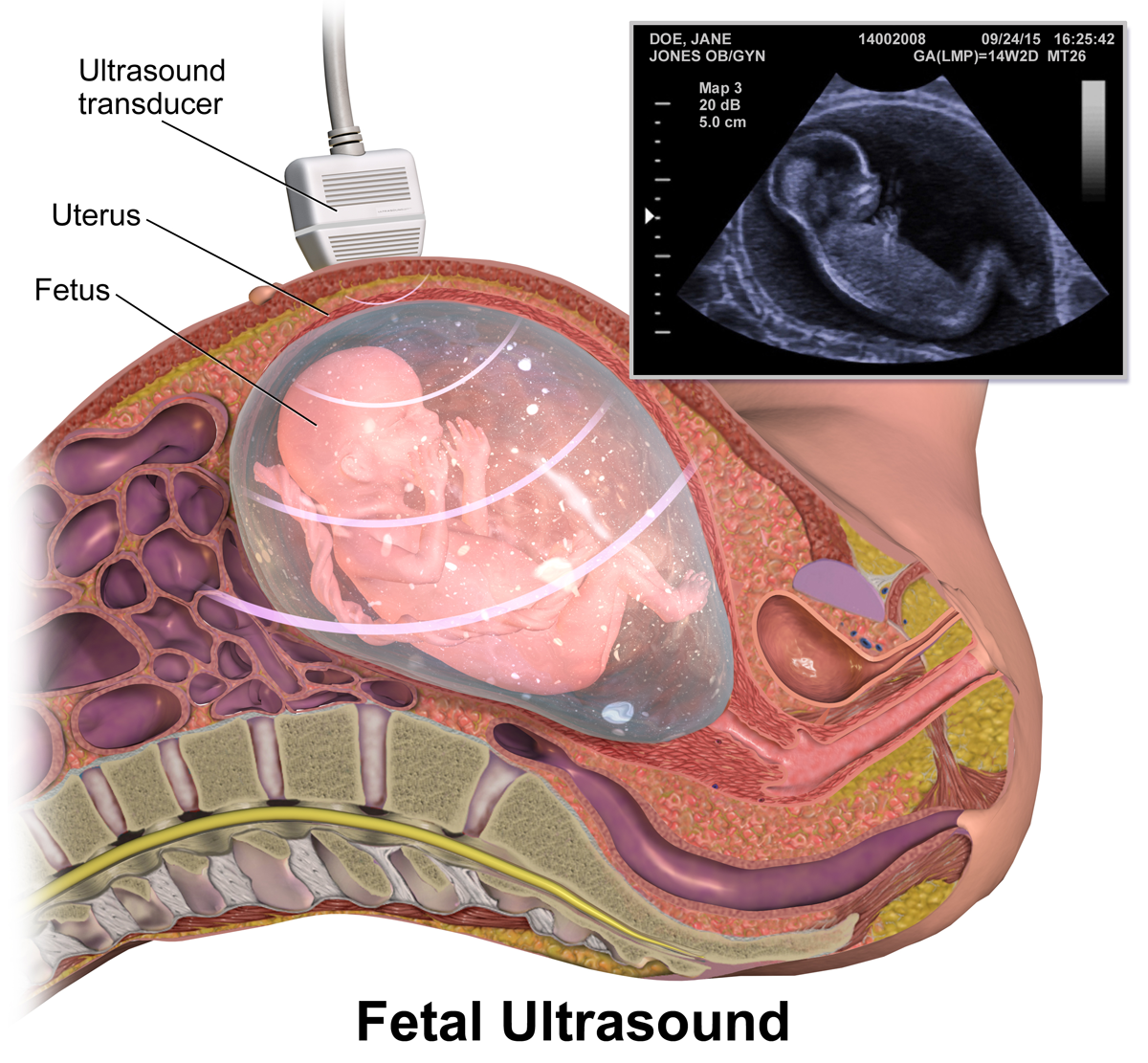
10.3 Use in Pediatric and Adolescent Populations
Nicotinell patches are not approved for use in individuals under 18 years of age unless under direct medical guidance. The safety and efficacy of transdermal nicotine in children have not been adequately studied.
- Accidental exposure in young children can result in severe toxicity, including respiratory depression, seizures, or cardiac arrest.
- Patches should be stored securely, out of reach of minors, and used with caution in households with children.

11. Overdose and Emergency Management
Overexposure to nicotine, whether through multiple patches, damaged skin barriers, or accidental ingestion, may lead to acute toxicity. Symptoms can manifest rapidly.
- Early signs: Nausea, vomiting, increased salivation, dizziness, pallor, and sweating.
- Advanced symptoms: Confusion, tremors, hypotension, arrhythmias, seizures, and in extreme cases, respiratory failure.
First aid involves immediate removal of the patch and washing the area with soap and water. Seek emergency medical attention promptly. Hospital management may include activated charcoal (if oral exposure), IV fluids, respiratory support, and cardiovascular monitoring.
12. Proper Handling and Disposal Precautions
To ensure safe use and prevent accidental harm to others or the environment, proper handling of Nicotinell TTS patches is essential.
- Always wash hands before and after application.
- Apply only to clean, dry, intact skin. Avoid broken or inflamed areas.
- After removal, fold the patch in half with the adhesive sides together and dispose of it securely in a sealed container.
- Do not flush used patches or dispose of them in household trash accessible to pets or children.
13. Storage Conditions and Stability
Maintaining the integrity of Nicotinell patches requires adherence to appropriate storage practices.
- Store patches in their original sealed pouch until use.
- Keep at controlled room temperature, typically between 15°C and 30°C (59°F to 86°F).
- Protect from direct sunlight, excessive moisture, and high humidity.
- Always check the expiration date and ensure the patch is intact with no signs of damage or leakage before application.
Following these guidelines ensures maximum efficacy and safety throughout the product's shelf life.
Nicotinell TTS Patches FAQ
- Nicotinell patches, how to use?
- What is nicotinell?
- Who owns nicotinell?
- What is the use of Nicotinell?
- Does Nicotinell contain nicotine?
- Where to put Nicotinell?
- Is nicotine harmful?
- What are the benefits of Nicotinell?
- How long to use Nicotinell Patches?
- Is nicotine bad for the brain?
- Where to apply Nicotinell patches?
- Does Nicotinell have nicotine?
- What are the side effects of nicotine patches?
- Is a nicotine patch safe?
- Can I buy nicotine patches over the counter?
- Can a diabetic use nicotine patches?
- Is a nicotine patch bad for your heart?
Nicotinell patches, how to use?
Remove the patch from the foil pack by tearing it, and then peel off the protective strips before promptly placing the patch onto your skin.
What is nicotinell?
Nicotinell represents a range of nicotine replacement therapies (commonly known as NRT) tailored to aid individuals in quitting smoking or cutting down on their cigarette intake effectively and safely by offering nicotine without the substances in tobacco smoke to ease withdrawal symptoms and diminish cravings.
Who owns nicotinell?
Dr. Reddy's Laboratories
What is the use of Nicotinell?
Nicotinell patches serve as a form of replacement therapy (referred to as NRT). Their purpose is to alleviate or prevent withdrawal symptoms and diminish the cravings experienced when attempting to quit smoking or reduce the number of cigarettes consumed.
Does Nicotinell contain nicotine?
Yes
Where to put Nicotinell?
Apply the product on non-hairy and dry skin, such as the chest and upper arm.
Is nicotine harmful?
Nicotine is a dangerous and highly addictive chemical
What are the benefits of Nicotinell?
It is commonly utilized to alleviate and/or prevent withdrawal symptoms and decrease the desires experienced when attempting to quit smoking or reduce the amount of cigarettes consumed.
How long to use Nicotinell Patches?
24 hours
Is nicotine bad for the brain?
Nicotine could also increase dependence levels by causing impacts in the prefrontal cortex (PFC), which can disrupt growth in adolescents and affect executive functions and control abilities.
Where to apply Nicotinell patches?
The patch is typically applied to areas, like the chest area or upper arm region, as well as the shoulder area and back or inner arm, for effective results.
Does Nicotinell have nicotine?
Yes
What are the side effects of nicotine patches?
- dizziness
- headache
- nausea
- vomiting
- diarrhea
- redness or swelling at the patch site
Is a nicotine patch safe?
Yes
Can I buy nicotine patches over the counter?
Yes
Can a diabetic use nicotine patches?
No
Is a nicotine patch bad for your heart?
Serious heart issues linked to the nicotine patch are likely uncommon.


